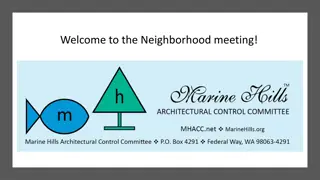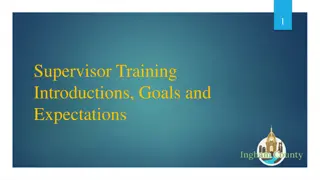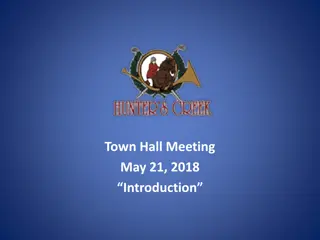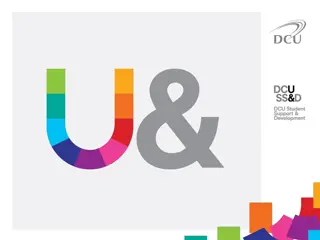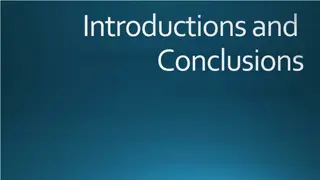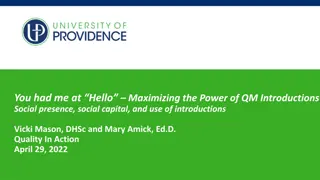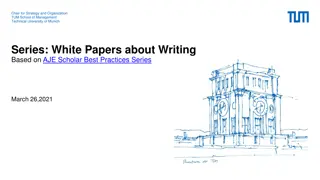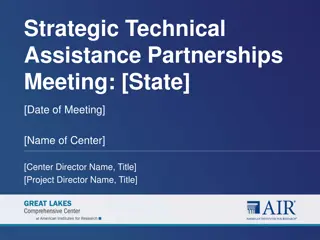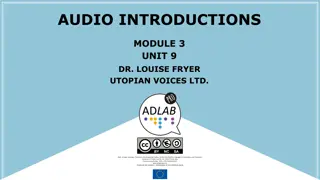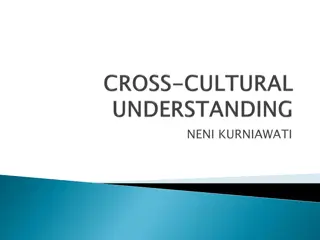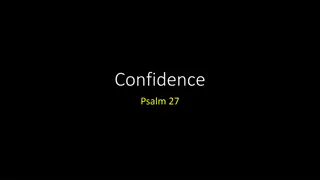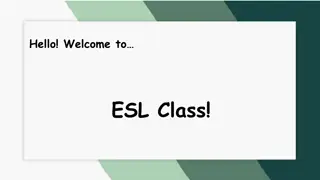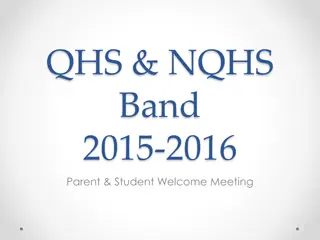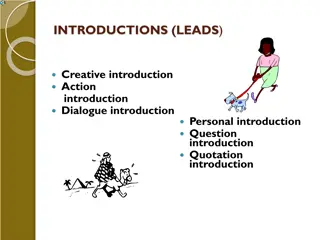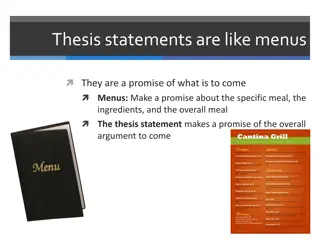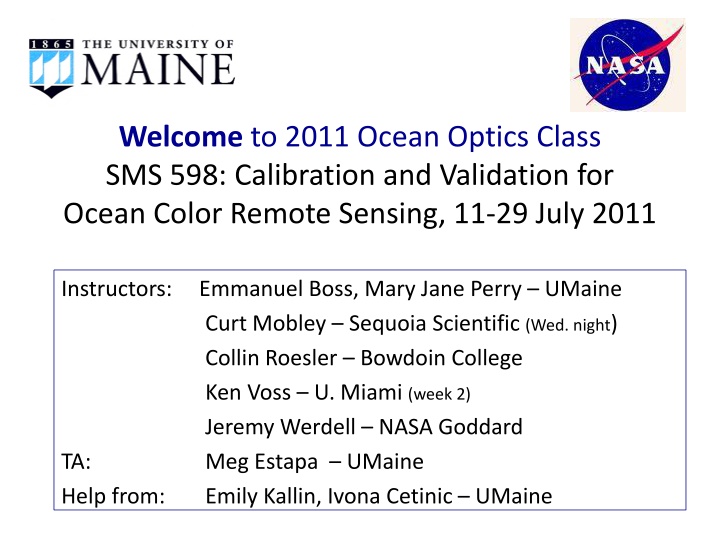
Ocean Optics Class 2011: Calibration and Validation for Remote Sensing
Dive into the world of ocean optics with the 2011 Ocean Optics Class, focusing on calibration and validation for ocean color remote sensing. Join instructors Emmanuel Boss, Mary Jane Perry, and others in this collaborative learning environment in beautiful Maine. Explore the history of the class, logistics, and exciting Saturday sessions. Get ready for introductions and team work as you contribute to the advancement of ocean sciences.
Download Presentation

Please find below an Image/Link to download the presentation.
The content on the website is provided AS IS for your information and personal use only. It may not be sold, licensed, or shared on other websites without obtaining consent from the author. If you encounter any issues during the download, it is possible that the publisher has removed the file from their server.
You are allowed to download the files provided on this website for personal or commercial use, subject to the condition that they are used lawfully. All files are the property of their respective owners.
The content on the website is provided AS IS for your information and personal use only. It may not be sold, licensed, or shared on other websites without obtaining consent from the author.
E N D
Presentation Transcript
Welcome to 2011 Ocean Optics Class SMS 598: Calibration and Validation for Ocean Color Remote Sensing, 11-29 July 2011 Instructors: Emmanuel Boss, Mary Jane Perry UMaine Curt Mobley Sequoia Scientific (Wed. night) Collin Roesler Bowdoin College Ken Voss U. Miami (week 2) Jeremy Werdell NASA Goddard TA: Meg Estapa UMaine Help from: Emily Kallin, Ivona Cetinic UMaine
Welcome to Maine Maine facts: Population (2009): 1,318,301 Coastline: 5300 miles Area: 35,387 miles2 + 4,523 miles2 of inland waters. Seasons: Tourist, Foliage, Ski, & Mud (some further subdivide it according to pests). Welcome to Maine
History of the Ocean Optics class 1985, 1987, 1989, 1995, 1998, 2001, 2004, 2007 and now 201. This is 9th class! MJP started it; CR was student that year. EB was student 1995. CM joined in 1995. O(130) graduates, including Paula Bontempi at NASA Many graduates are leaders in their fields: Ray Najjar, Dennis McGillicuddy, Heidi Sosik, to name a few. Evolution and highlights: 1985: 1 Spec, 1 PAR sensor, a spectral transmissometer, turner. 1987: 1 computer, FCM 1989: symposium + book 1995: Hydrolight 1998: hyper-spectral overflights. Special Ocean Sciences session. 2001: Maine.
Logistics: safety, meals, linen, Maine activities, etcetera Requirement for team work, each member with his/her own focus. Collaborative environment. Learning community. Network. Contribute to advancement of ocean sciences, through ocean optics. Course schedule and Syllabus SIDE BOX
INTRODUCTIONS NAME of person you are introducing: WHERE she or he comes from (state/country and school or institution): THE PAST something about the person s background that resulted in him/her being in this course: THE FUTURE something about her/his future plans, that he/she hopes the course will help in achieving: THE PRESENT something that she/he wants to get of this course and how everyone else can contribute to this experience (it might be asking for help in something challenging): THE UNEXPECTED something that we would never guess about the person s activities, skills, or interests:
Sampling strategy must include appropriate spatial/temporal scales. Understanding marine biogeochemical cycles and ecosystems on regional-to-global scales requires calibrated, validated satellite ocean color data. Measurement measurement closure and measurements model closure reduce uncertainty. Successful cal/val depends on high quality, in-water measurements.
satellite radiometry In-water optical properties; surrogates real entity (cell, POC, etc.) ecosystem; carbon cycle; climate system; fisheries; HABs; etc.




